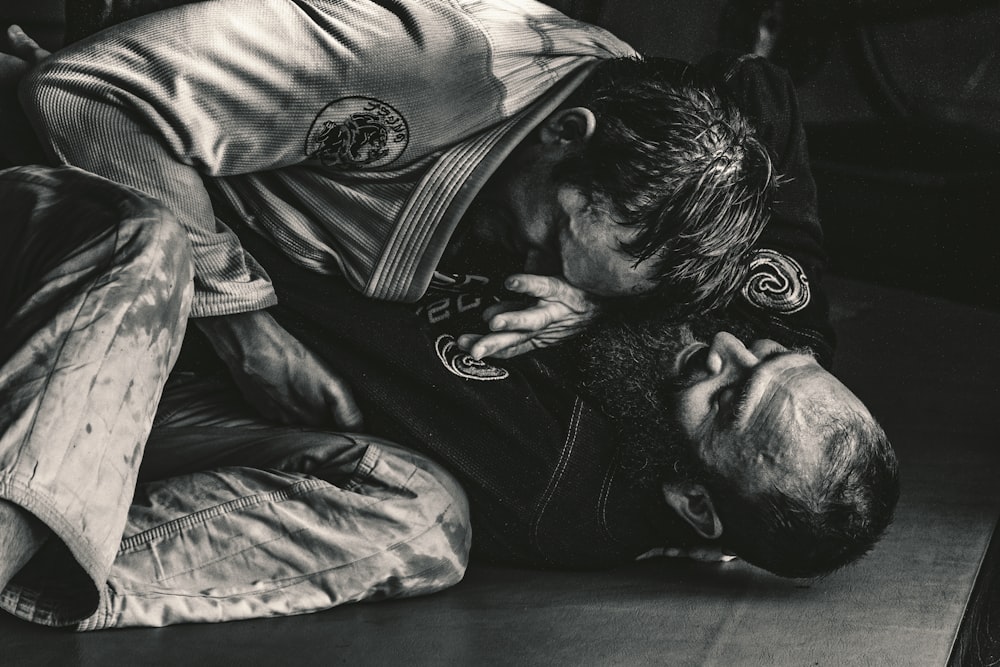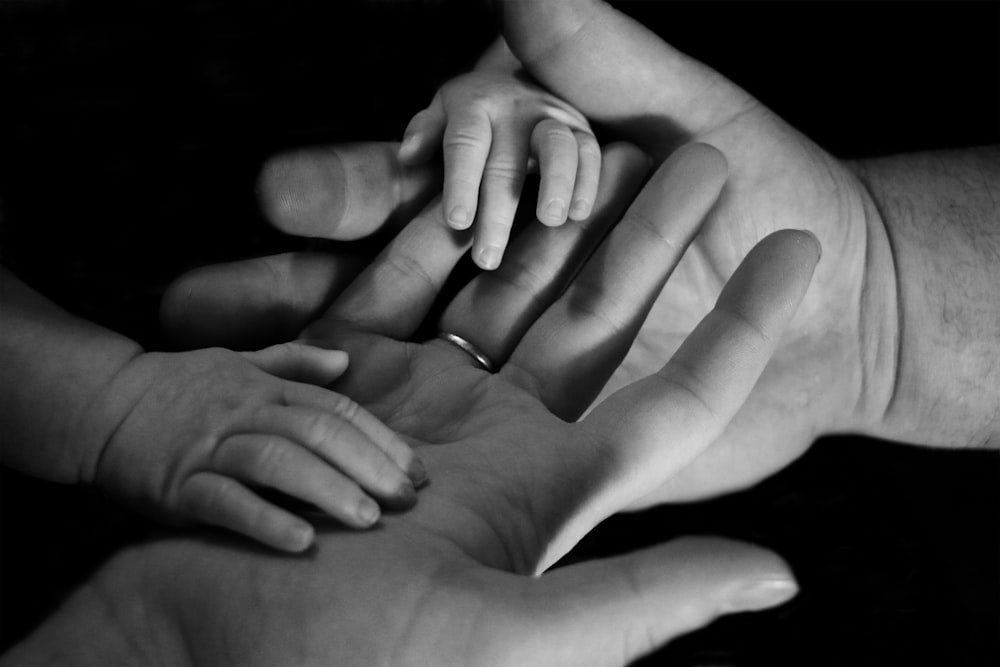Deep breathing is a foundational technique for managing stress and promoting relaxation. When you’re stressed, your breathing tends to become shallow and rapid, which can exacerbate feelings of anxiety. Deep breathing counteracts this by encouraging slow, controlled breaths that help activate the body’s parasympathetic nervous system, which is responsible for calming the body.
To practice deep breathing, start by sitting or lying down in a comfortable position. Place one hand on your chest and the other on your abdomen. Inhale deeply through your nose, making sure your abdomen rises more than your chest. This means you’re breathing deeply into your diaphragm rather than shallowly into your chest. Hold the breath for a few seconds, then exhale slowly through your mouth. As you exhale, imagine the stress leaving your body with each breath. Repeat this process several times, focusing on the rhythm and depth of your breathing. Over time, deep breathing can become a quick and effective way to bring yourself back to a state of calm during stressful moments.
Progressive Muscle Relaxation: Releasing Tension Layer by Layer
Progressive muscle relaxation (PMR) is a technique designed to help you recognize and release physical tension that accumulates in your muscles due to stress. The process involves tensing and then relaxing different muscle groups in the body, which helps to highlight the contrast between tension and relaxation and promotes a deeper sense of overall calm.
Begin by finding a quiet place where you can sit or lie down comfortably. Start with your feet, tensing the muscles tightly for about 5 seconds, then release the tension slowly. Pay close attention to the feeling of relaxation as the tension fades. Move up to your calves, thighs, abdomen, chest, arms, and finally your neck and face, repeating the tensing and relaxing process for each muscle group. This method helps you become more aware of areas where you might be holding tension and teaches you how to release it. By regularly practicing PMR, you can reduce stress-induced muscle tension and feel more relaxed throughout your day.
Mindfulness Meditation: Staying Present in the Moment
Mindfulness meditation is a technique that emphasizes focusing on the present moment and observing your thoughts, feelings, and bodily sensations without judgment. This practice helps to reduce stress by encouraging a non-reactive awareness of your experiences, which can help to break the cycle of rumination and anxiety that often accompanies stress.
To start mindfulness meditation, find a quiet and comfortable space where you won’t be disturbed. Sit with your back straight and close your eyes. Bring your attention to your breath, noticing the sensation of air entering and leaving your nostrils or the rise and fall of your chest. As you focus on your breath, you may notice thoughts and distractions arising. Rather than getting caught up in them, gently acknowledge them and return your focus to your breath. The goal is not to stop thinking but to observe your thoughts without becoming overwhelmed by them. With regular practice, mindfulness meditation can help you manage stress more effectively by fostering a greater sense of presence and emotional balance.





